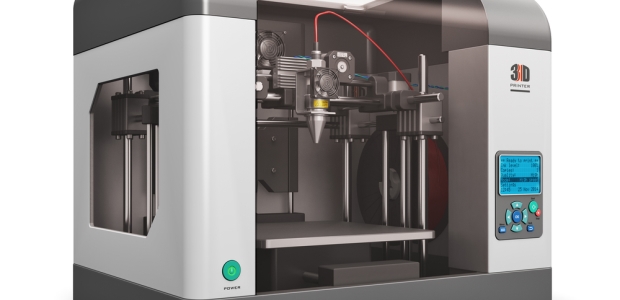
Researchers Raise Toxicity Questions About 3D Printed Parts
Parts from two main classes of commercial 3D printers were found to be toxic to zebrafish embryos.
A paper published this month in Environmental Science & Technology Letters discusses potential human and environmental hazards that researchers found in some 3-D printed products. The researchers from the Department of Bioengineering and Department of Environmental Sciences of the University of California, Riverside; as well as the State Key Laboratory of Pollution Control and Resource Reuse, School of the Environment, Nanjing University in Nanjing, China, reported they assessed the toxicity of parts printed from two main classes of commercial 3D printers, fused deposition modeling and stereolithography, and examined the toxicity of 3D-printed parts using zebrafish embryos.
"We found that parts from both types of printers were measurably toxic to zebrafish embryos, with STL-printed parts significantly more toxic than FDM-printed parts. We also developed a simple post-printing treatment (exposure to ultraviolet light) that largely mitigates the toxicity of the STL-printed parts. Our results call attention to the need for strategies for the safe disposal of 3D-printed parts and printer waste materials," they reported.
Chemical & Engineering News Contributing Editor Deidre Lockwood wrote a report on the paper. She explained that "stereolithography-based printers use light to polymerize layers of a liquid resin usually containing acrylate and methacrylate monomers, a class of chemicals known to be toxic. The researchers hypothesize that monomers or short-chain polymers that are not fully polymerized could be leaching from the parts. Fused deposition modeling, on the other hand, builds parts from melted, fully polymerized material that then resolidifies."
The results are too preliminary to draw conclusions about human toxicity, she reported, but they do indicate 3D printing waste should be carefully managed.